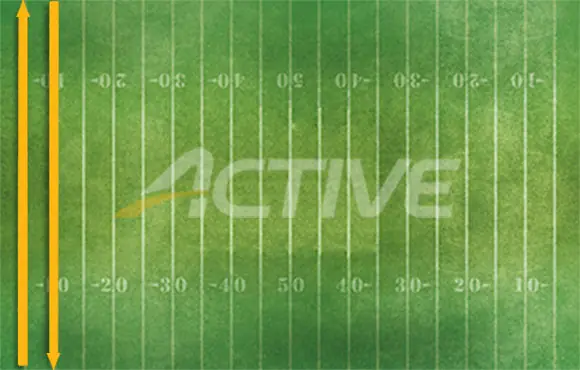Your Post-Run Routine
Recovering after a run is one of the most important aspects of training. Running makes your legs strong, toned and, unfortunately, tight. Every step you take forces those quads, hamstrings, calves and hips to flex and extend over and over to propel you down the road, trail or track.
After many miles, those hardworking muscles and tendons can develop imbalances, scar tissue and tension, slowing you down and paving the way for common overuse injuries like IT Band Syndrome and Achilles tendonitis. The time to deal with running injuries is before they occur. However, most runners wait until the first pinch in their glutes or pain on or around the knee to start researching terms like piriformis or plantar fasciitis.
More: How to Treat and Prevent Common Running Injuries
Stretching not only increases flexibility, but can also be a vital way to avoid injury. Stretch your major muscle groups with focus on the quadriceps, hamstrings, IT band, upper and lower back, groin and hip flexors. Slowly ease your way into each stretch and hold it for 30 to 45 seconds.
More: 5 Great Stretches for Runners
Running can also deplete the body's muscle glycogen stores, which is the primary fuel source for running. Replenishing muscle glycogen after a run within 30 minutes is important, and can be as easy as drinking chocolate milk, which is full of carbohydrates and contains protein.
More: 10 Post-Run Drinks to Refuel
Increase Strength and Speed
Beginning runners that want total body strength should include core workouts in their routine. Core work can also be done on days you do not run. You can have a great core workout without going to a gym or needing any equipment. Focus on body-weight exercises such as push-ups, plank and abs exercises, back extensions and body weight squats.
More: Build Core Strength and Endurance Without Crunches
As a beginner, limit yourself to one hard or speed day each week once you have built up your aerobic base. A 5K race-specific workout can be done once a week. You can start by running 5 to 10 x 1 minute at 5K effort—not pace—with a 2-minute recovery after each 1 minute hard. You can progress each week by increasing the time you run at 5K effort by completing two to five x 2 minutes the second week, two to five x 3 minutes the third week, and so forth.
More: 4 Speed Workouts for Beginners
If you're unsure whether you're running 5K effort, try this simple test: As you're running, ask yourself, "Is this an effort I can maintain for an entire 5K?" Be honest. If the answer is yes, keep up the effort. If it's no, slow down.
Still unsure about proper repetition effort? Here's another guideline guaranteed to keep you within the proper range: Whatever pace you run your repetitions, you should finish your last one feeling as if you could run one or two more. If you're completely exhausted at the end of your repetition session, then you ran too hard. Adjust the next week by decreasing your effort. If you're barely winded, then increase your effort the following week.
Practice Proper Running Form
Running form is unique to the individual, but can be improved upon. Some general form tips:
- Run tall without a pronounced forward lean
- Don't look at your shoes as you run; look toward the horizon
- You can run faster by increasing your stride turnover, not by overreaching with each stride
- On uphills, shorten your stride, and drive more with your arms. Try to maintain an even effort, not pace
- When running downhill, let gravity work for you by leaning slightly forward
When you improve your race times or increase your race distance, you win. You can win even bigger by keeping at it for the long haul.
More: 5K Training Tips
 Download ACTIVE's Couch to 5K app for iPhone or Android
Download ACTIVE's Couch to 5K app for iPhone or Android- 2
- of
- 2
About the Author

Get ACTIVE on the Go


Couch to 5K®
The best way to get new runners off the couch and across the finish line of their first 5K.
Available for iOS | Android






Discuss This Article